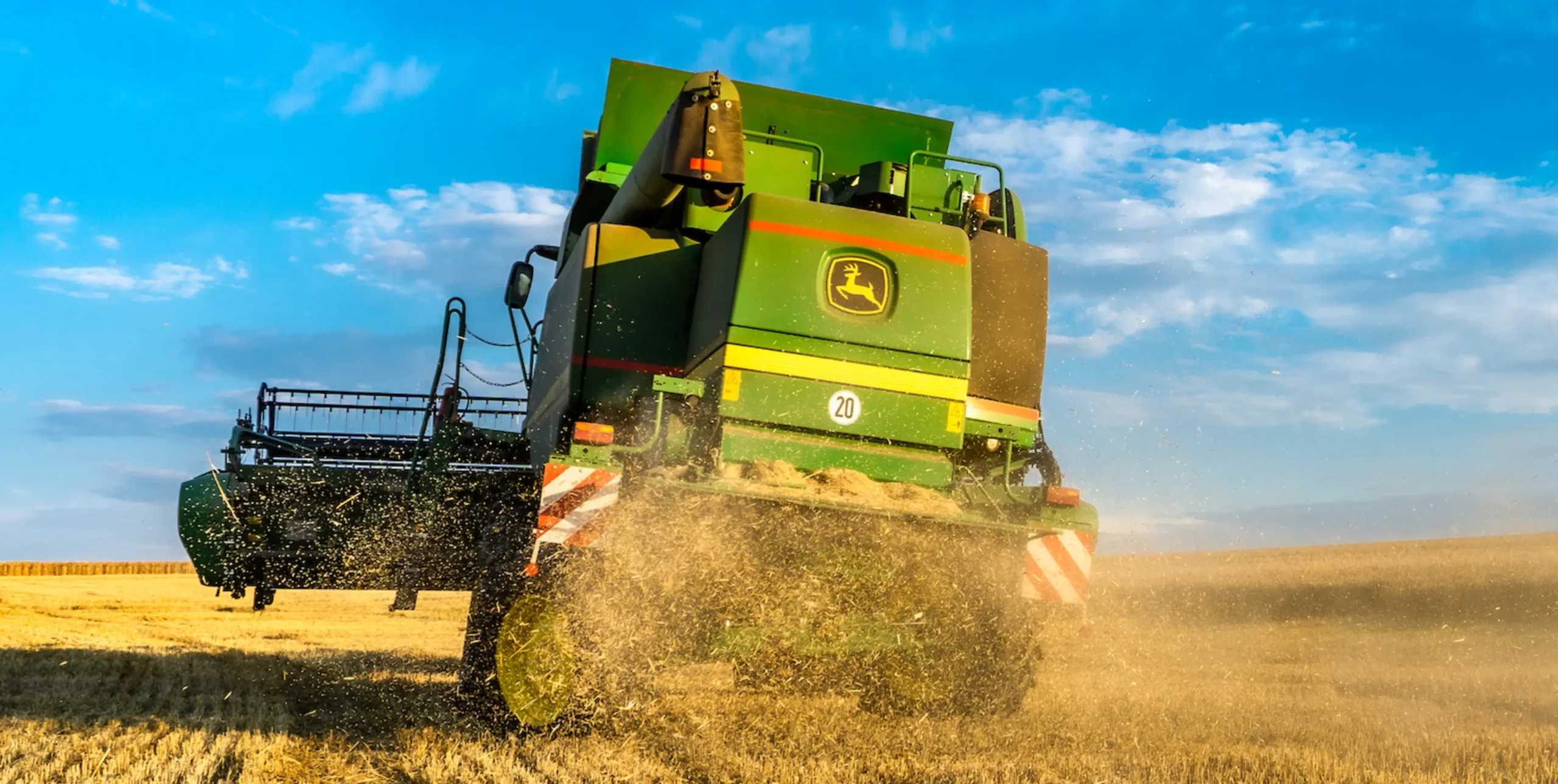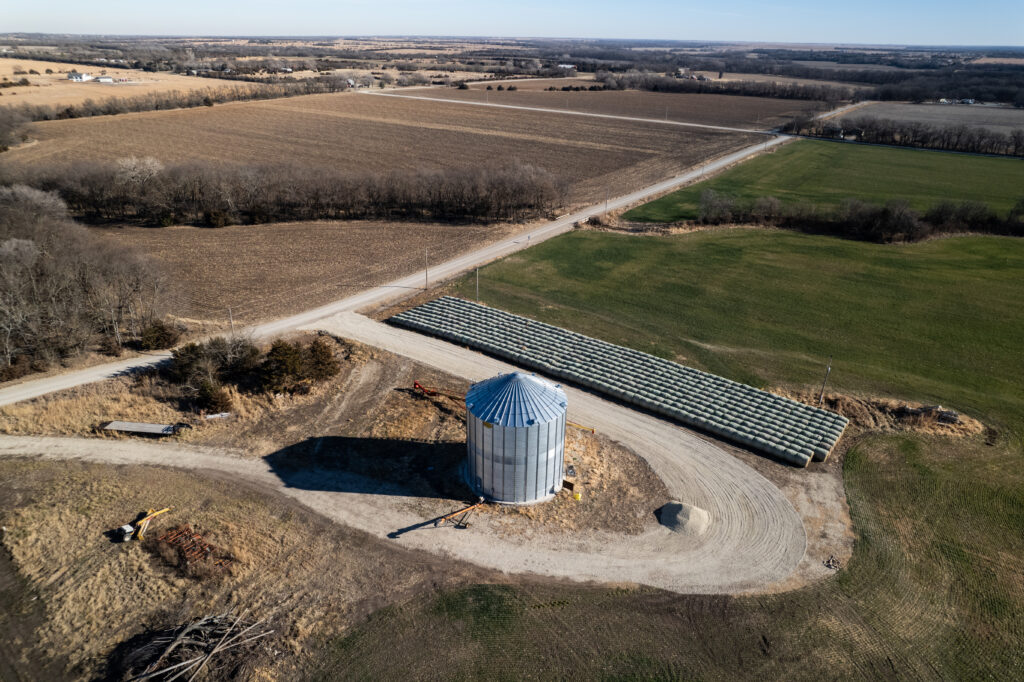Charm Industrial Bio Oil Project

As the world grapples with the challenge of mitigating climate change, innovative solutions like those developed by Charm Industrial are leading the way. Charm’s unique approach to carbon removal involves converting agricultural residues into bio-oil through a process called fast pyrolysis and injecting it deep underground for permanent storage. This method not only sequesters carbon for millennia but also supports sustainable agriculture and reduces greenhouse gas emissions. In this article, we’ll explore how Charm Industrial’s bio-oil technology works, its environmental and economic benefits, and its potential to scale as a critical climate solution.
Table of Contents
What Is Charm Industrial?
Founded in 2018 and headquartered in San Francisco, Charm Industrial is a carbon removal company that transforms agricultural and forestry residues into bio-oil. This bio-oil is then injected into depleted oil wells or geological formations, where it solidifies and locks away carbon for thousands of years.
Charm’s mission is ambitious: to restore atmospheric CO₂ levels to pre-industrial levels (280 ppm) by scaling bio-oil sequestration and other carbon-negative technologies (source).
How Does Charm’s Bio-Oil Technology Work?
Charm’s process combines natural carbon capture with engineered solutions to ensure permanent carbon removal. Here’s how it works:
1. Collection of Biomass Residues
Charm collects agricultural residues such as corn stover, wheat straw, nutshells, and sawdust—materials that would otherwise decompose or be burned, releasing CO₂ and other greenhouse gases into the atmosphere (source).
2. Fast Pyrolysis
The collected biomass is fed into a mobile pyrolysis unit, where it is heated to over 500°C in an oxygen-free environment. This process breaks down the biomass into two products:
- Bio-Oil: A viscous, carbon-rich liquid that can be injected underground.
- Biochar: A solid byproduct that can be returned to fields as a soil amendment (source).
3. Transportation
The bio-oil is transported to EPA-regulated injection wells using existing oil infrastructure, reducing logistical costs and leveraging established systems (source).
4. Underground Injection
The bio-oil is pumped deep underground into depleted oil wells or salt caverns. Once injected, it sinks due to its density and undergoes auto-polymerization—a chemical reaction that solidifies the oil, locking the carbon in place for thousands of years (source).
Environmental Benefits of Charm’s Bio-Oil Technology
1. Permanent Carbon Sequestration
Unlike nature-based solutions like reforestation, which can be reversed by wildfires or land-use changes, Charm’s bio-oil sequestration offers long-term storage. The injected carbon remains securely stored for millennia, making it one of the most durable carbon removal methods available (source).
2. Reducing Agricultural Emissions
By diverting agricultural residues from decomposition or burning, Charm prevents the release of methane (CH₄) and nitrous oxide (N₂O), two potent greenhouse gases (source).
3. Supporting Soil Health
The biochar produced during pyrolysis can be returned to fields to improve soil fertility and water retention while adding stable carbon back into the soil.
Economic Benefits of Charm’s Approach
1. Job Creation in Rural Areas
Charm’s operations support rural farming communities by creating jobs in biomass collection, pyrolysis unit operation, and transportation (source).
2. Leveraging Existing Infrastructure
By utilizing repurposed oil infrastructure for transportation and injection, Charm minimizes capital investment costs while accelerating scalability (source).
3. Corporate Partnerships
Leading companies like Microsoft, Shopify, Stripe, and JP Morgan have partnered with Charm to purchase carbon removal credits at $600 per ton of CO₂ removed (source). These partnerships provide financial stability for scaling operations.

Challenges and Opportunities for Scaling
While Charm Industrial has demonstrated the effectiveness of its technology, scaling remains a significant challenge:
Challenges
- Cost: At $600 per ton of CO₂ removed, Charm’s process is currently expensive compared to other methods like reforestation or soil sequestration (source).
- Biomass Availability: The availability of agricultural residues depends on competing uses such as livestock feed or energy production (source).
- Transportation Costs: Moving bio-oil from farms to injection sites can be costly due to the dispersed nature of biomass sources.
Opportunities
- Modular Pyrolysis Units: Charm’s mobile pyrolysis units reduce transportation costs by processing biomass directly at collection sites (source).
- Policy Incentives: Federal programs like 45Q tax credits could reduce costs as Charm scales its operations (source).
- Future Applications: Charm plans to use bio-oil as a feedstock for producing carbon-negative iron, addressing emissions from steelmaking—a sector responsible for 7% of global CO₂ emissions (source).
Why Charm Industrial Stands Out
Charm Industrial has positioned itself as a leader in engineered carbon removal through its innovative use of bio-oil technology:
- It offers a durable solution with minimal risk of reversal compared to nature-based methods like tree planting.
- Its mobile pyrolysis units make it cost-effective and scalable over time.
- By publishing life cycle analyses (LCAs) openly, Charm ensures transparency and builds trust among buyers (source).
Conclusion: A Promising Path Forward for Carbon Removal
Charm Industrial’s bio-oil technology represents a critical step forward in addressing climate change through engineered carbon removal solutions. By combining natural processes with innovative engineering, Charm not only sequesters CO₂ permanently but also supports sustainable agriculture and rural economies.
Coffset proudly supports verified projects like those pioneered by Charm Industrial through partnerships with platforms like CNaught to ensure transparency and measurable impact. Take action today—calculate your emissions using Coffset’s carbon footprint calculator and contribute to projects that make a real difference! Discover how Charm Industrial turns agricultural waste into bio-oil for permanent carbon removal! Learn about their innovative technology & impact!
References:
https://charmindustrial.com
https://charmindustrial.com/faq
https://charmindustrial.com/Bio-oil_Sequestration__Protocol_for_Measurement_Reporting_and_Verification.pdf
https://downloads.regulations.gov/USDA-2024-0003-0227/attachment_1.pdf
https://www.technologyreview.com/2022/05/26/1052671/charm-industrials-carbon-removal-corn/
https://research.contrary.com/company/charm-industrial
https://www.klimate.co/project/charm-industrial
https://www.canarymedia.com/articles/carbon-capture/inside-charm-industrials-multimillion-dollar-bid-to-remove-co2-with-plants